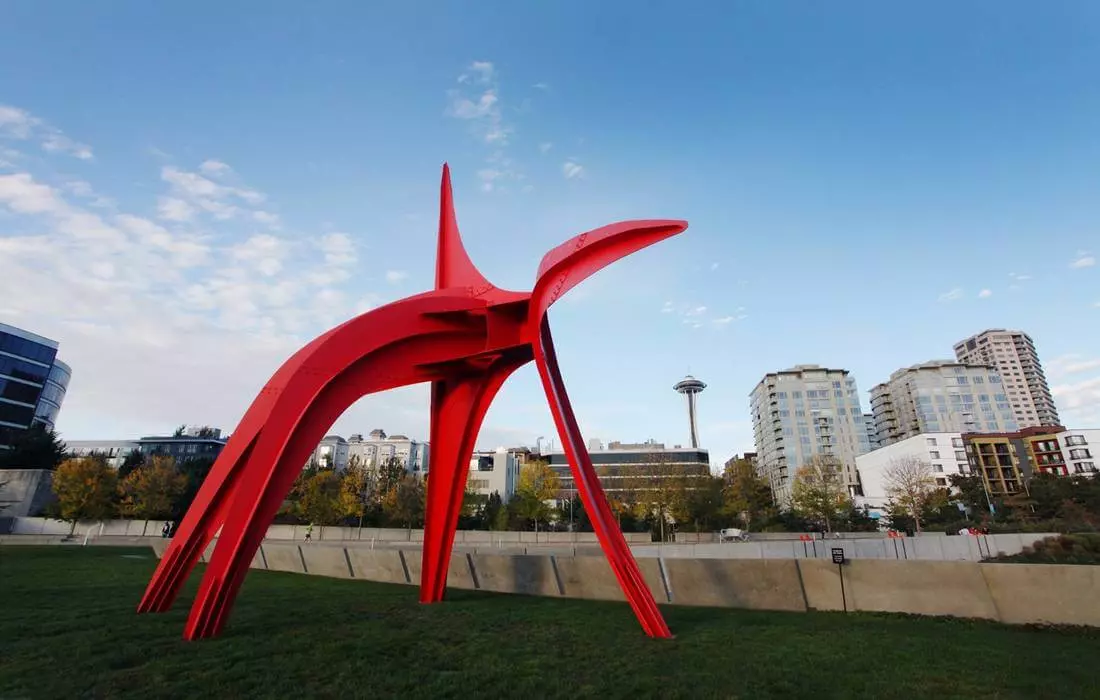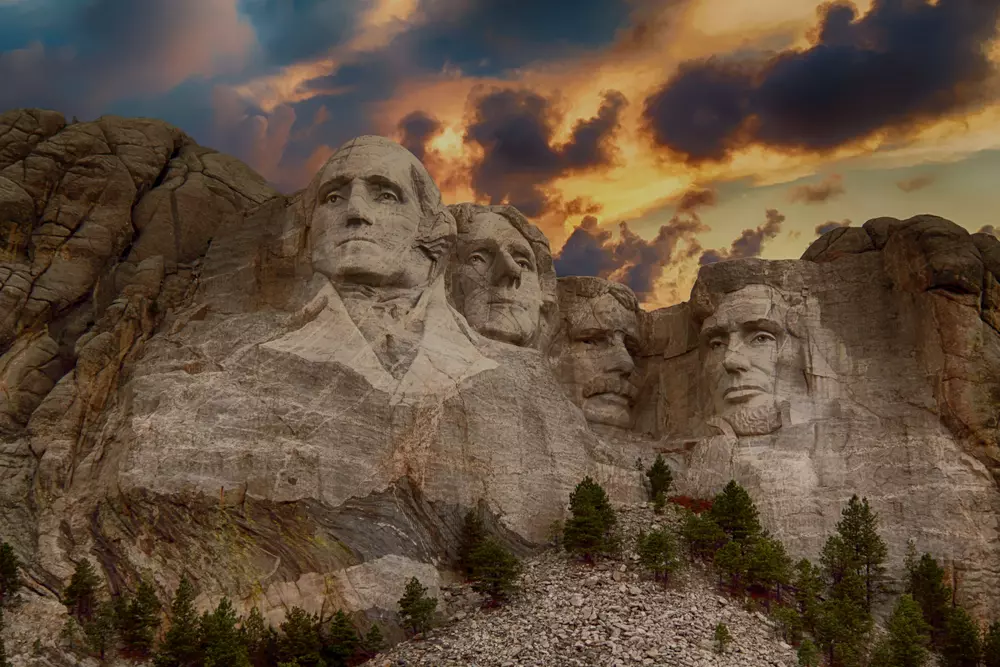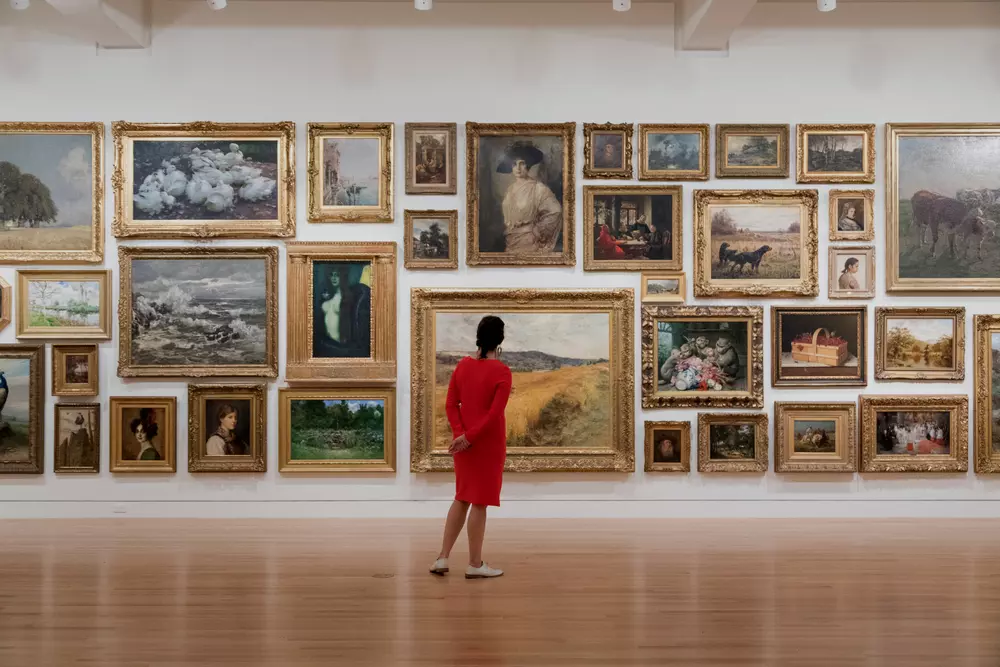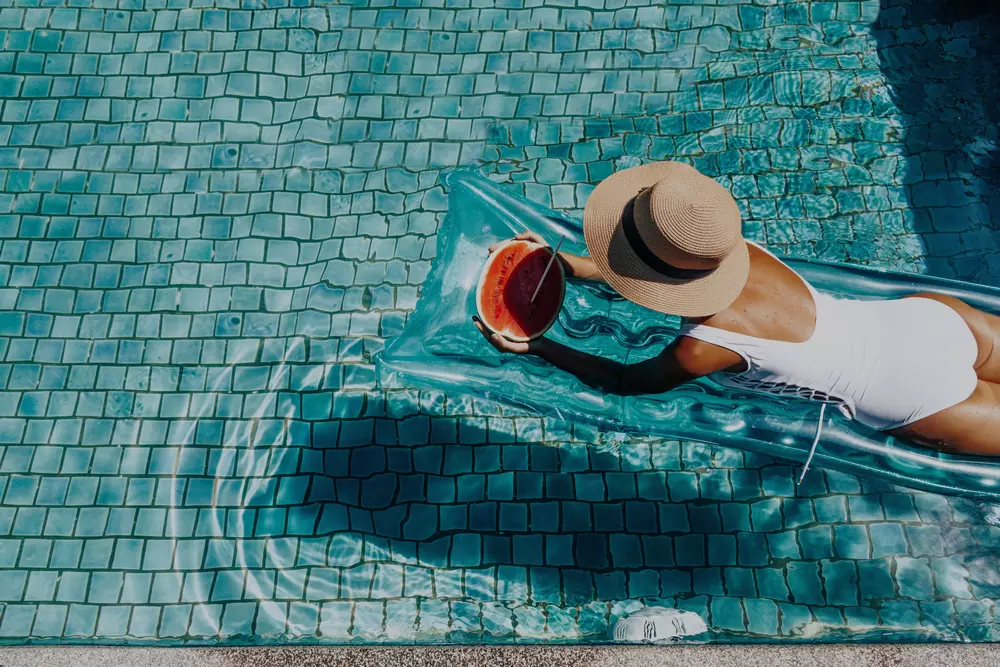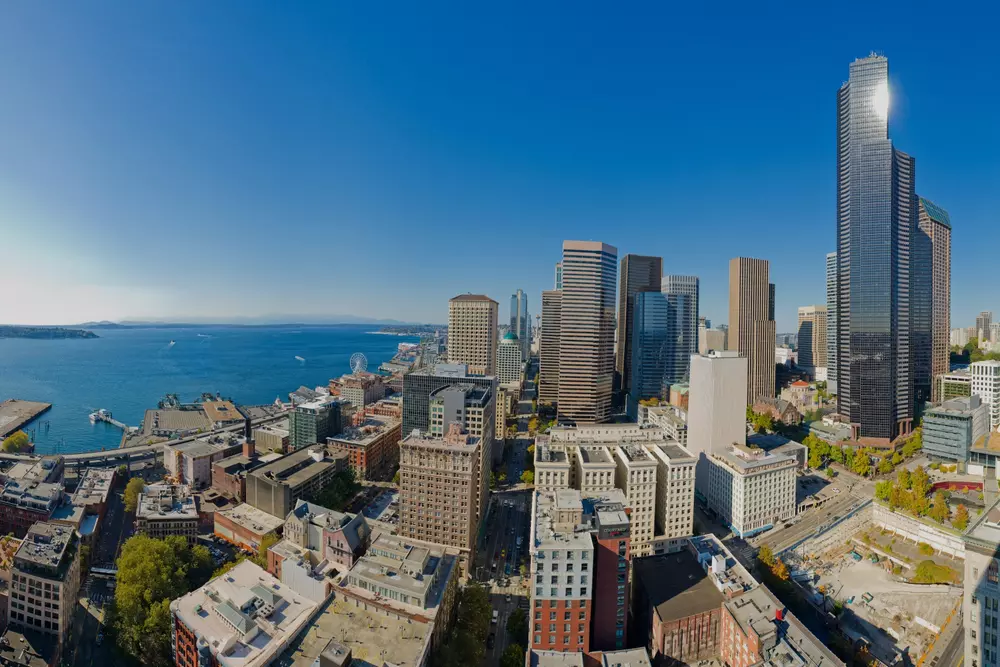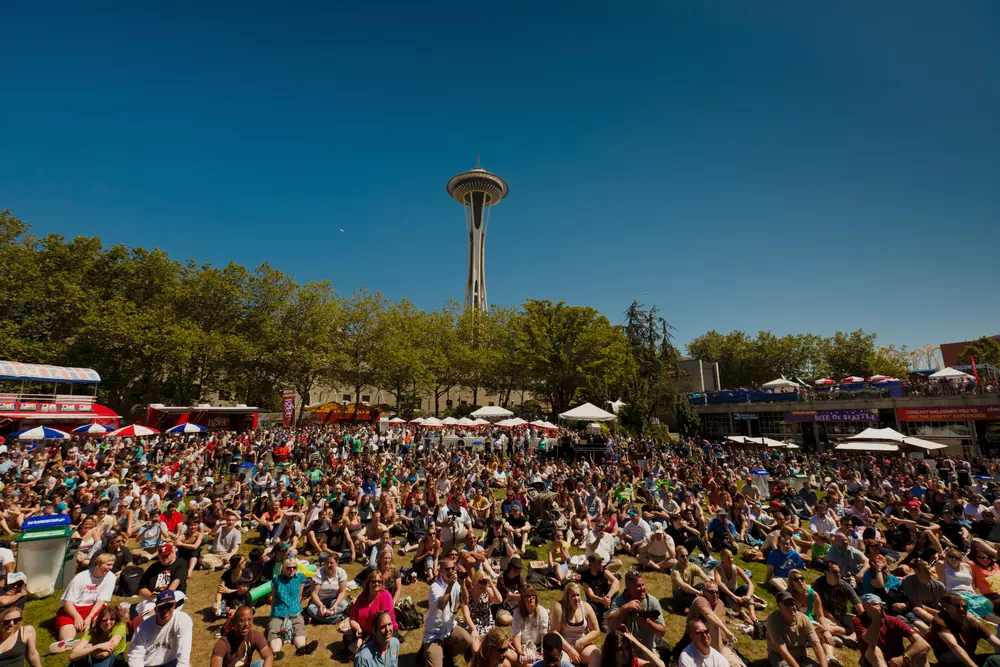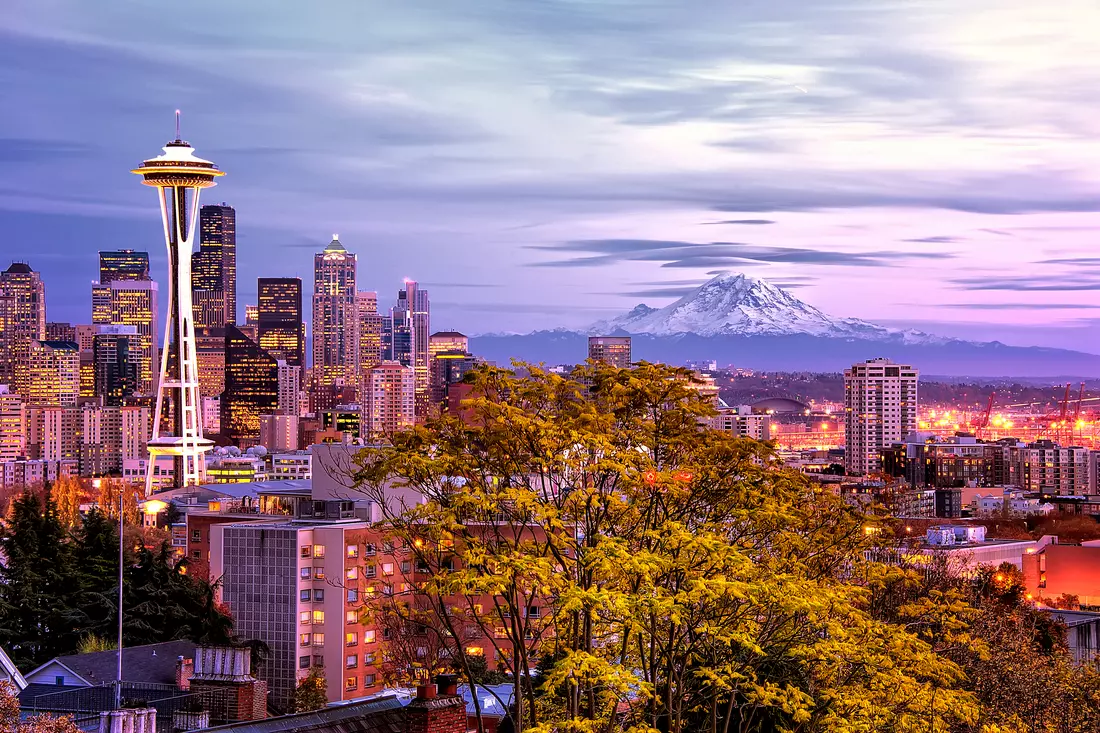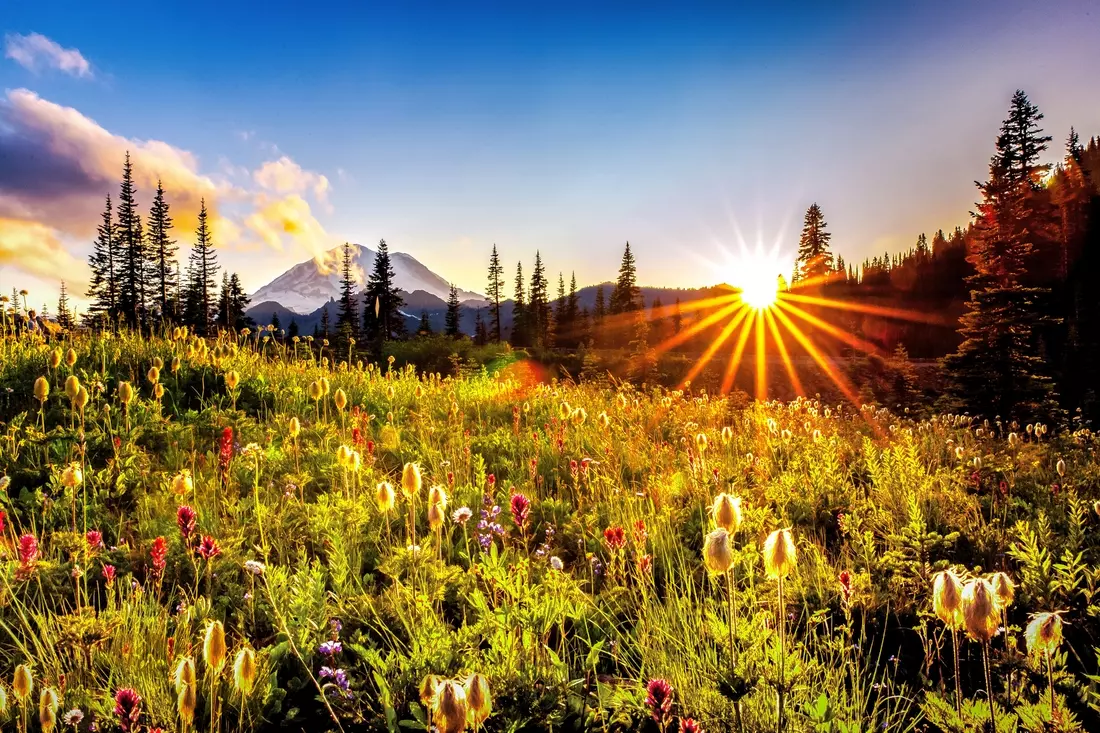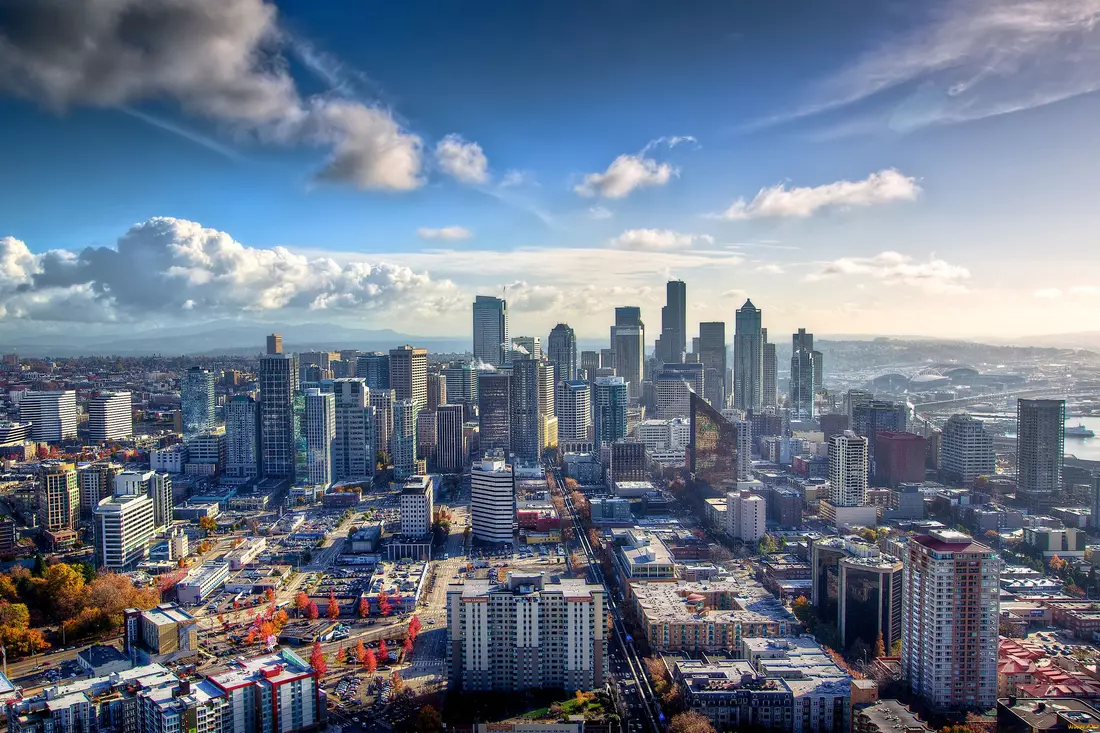Nestled on the shores of Lake Union, this unusual park immediately catches the eye. Once home to a gas production plant, it has now become one of the city's most photogenic spots. The old metal structures have blended into the landscape, while the green lawns and stunning views make it a great place for a stroll.
What Makes the Park Unique
Gas Works Park is located in Seattle and is one of the city's most visited public spaces. It takes its name from being located on the site of a former gasification plant for the Seattle Gas Light Company. The park currently covers about 20 acres.
Gas Works Park covers just over 19 acres and is located on the north side of Lake Union in Seattle. From 1905 to 1956 there was a coal gasification plant here, hence the name of the park. After the factory closed, the city bought the land and spent several years cleaning it up before turning it into a park and opening it to the public in the mid-70s.
Today, most of the abandoned building is still located in the middle of the park — this is its main feature. It will be interesting for you to walk through the ruins and see the old factory. Some parts of the plant have been painted and redesigned to be included in the children's playground.
Remains like this make Gas Works a strange and unusual place in a good way. You will see people running around with kites, having picnics and enjoying the beautiful views. The park is a great place to watch boats on Lake Union, the north side of downtown, and the Space Needle.
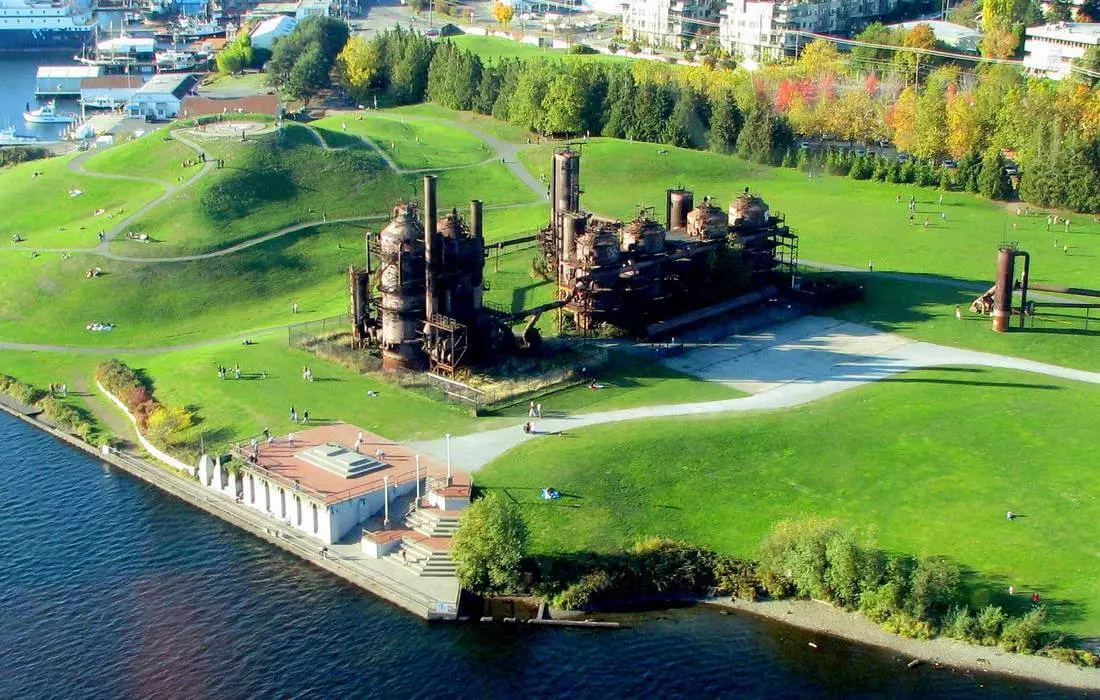
The park includes most of what is left of the gasification plant. The boiler room was converted into a picnic area, and the exhaust compressor building was converted into an open-air playground that houses a labyrinth for children.
The creators offer a range of different activities for visitors. For those who love sports, there are several baseball and football grounds. Various play areas are available for children. There are hiking trails designed for those who want to walk their dogs, get some exercise, or enjoy nature.
If you love the wonders of the natural world, then you will appreciate the vast wooded area and beautiful stream nearby. With our guide, you will visit a lush garden with many amazing plants.
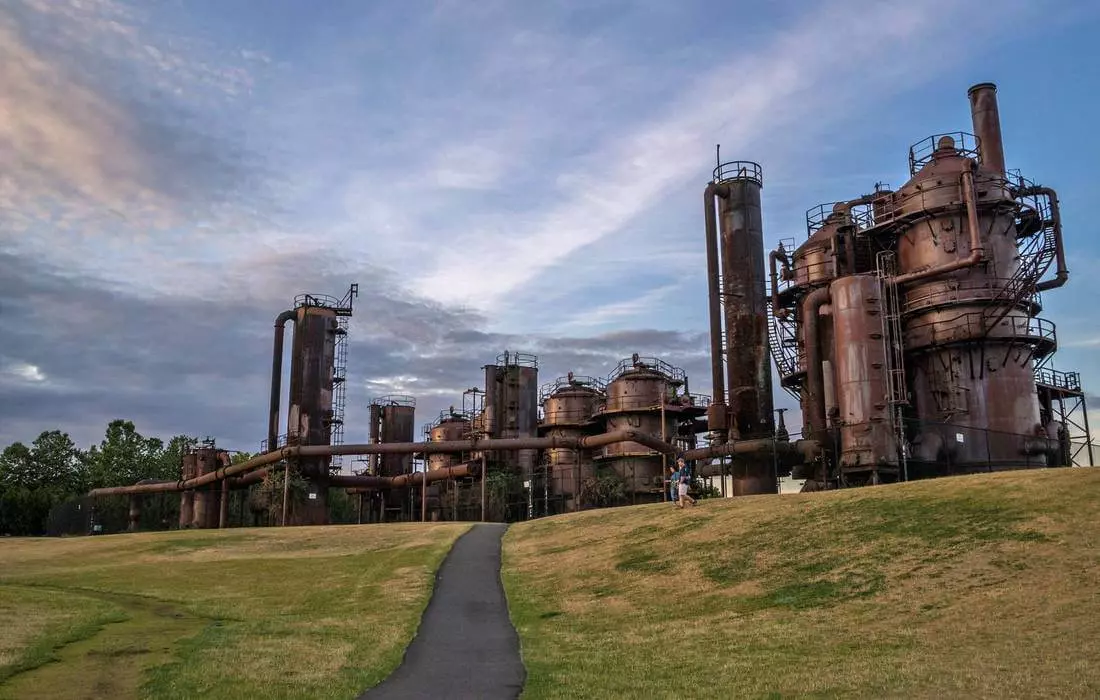
A wedding, picnic, school reunion, ceremony or other event can be held at Gas Works Park. Some activities may require permission from the park management.
History and Transformation
The development of the region where the park is located took place in the middle of the 19th century, when sawmills and canals were built. For the development of industry, workers transported a large amount of coal here.
At the very beginning of the 20th century, plans were outlined to create a plant for converting coal into gas. From 1900 to 1909, a significant amount of building land was purchased. Over time, the plant was built, and for many years it provided energy used for lighting, cooking and heating houses. In addition, other products were produced here: tar for roofing, soot for tires and inks, coal briquettes, sulfur for chemicals, and toluene for explosives.
After that, the city switched to using natural gas, so the government no longer needed the old technologies of the plant and closed it in 1956. In 1962, the Seattle administration invested a significant amount of money to purchase idle land and hired landscape architect Richard Haag to carry out the beautification work.
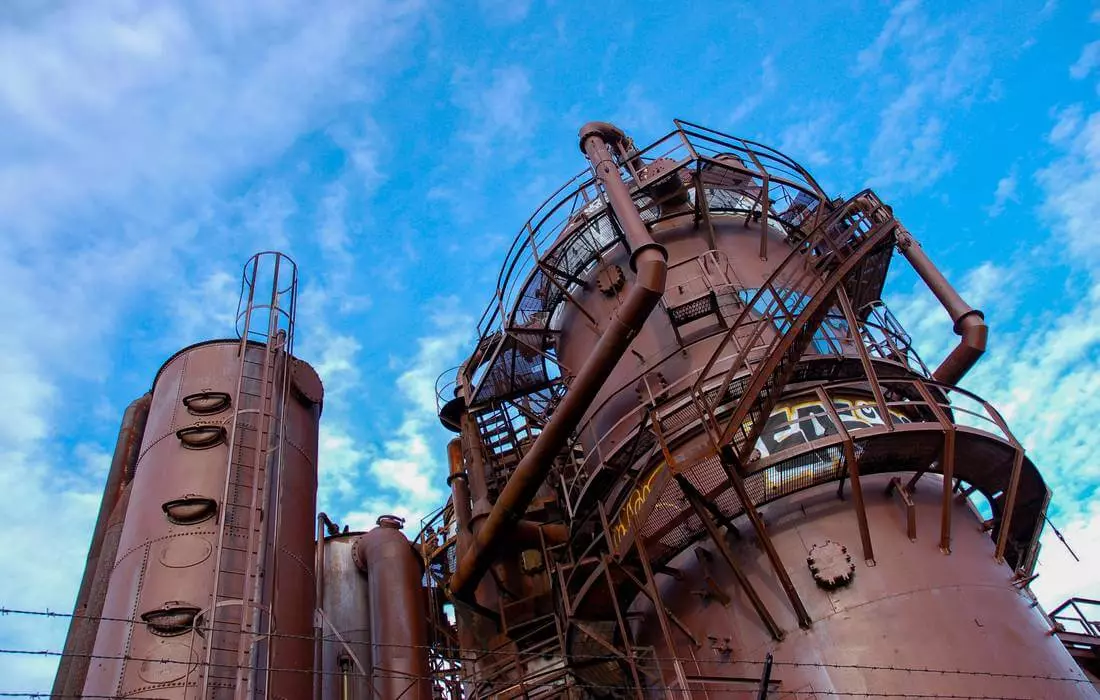
City officials expected Haag to demolish the structure, but when he announced that he wanted to keep some of the buildings, his idea was met with heavy criticism. People believed that the plant spoils the neighborhood with its appearance. However, Richard was still allowed to keep some of the structures as a relic of the industrial age and build around the park, which opened to the public in 1975.
Currently, Gas Works Park has been expanded into seven sections. The park hosts a large number of free concerts, sports competitions, kite festivals and tournaments. The park's public space remains one of the most popular places in Seattle, and was listed on the National Register of Historic Places in 2013.
Best Views and Photo Spots
The main viewpoint sits atop a hill, offering a panoramic view of the city skyline, the Space Needle, and Lake Union. The scenery is especially beautiful at sunset when the sun casts warm hues over the water and glass-covered buildings.
The industrial remnants of the former gas plant have long been a part of the park’s character. Rusted metal, spiral staircases, massive pipes, and steel beams give the space a distinct atmosphere. Many visitors come here for photos with these industrial structures, which create a striking contrast against the green lawns and open sky.
There are also plenty of great angles near the water. Wooden piers, boats, and reflections of the city buildings in the lake make for lively and dynamic photographs. Occasionally, you can even spot seaplanes taking off and landing right on the water.
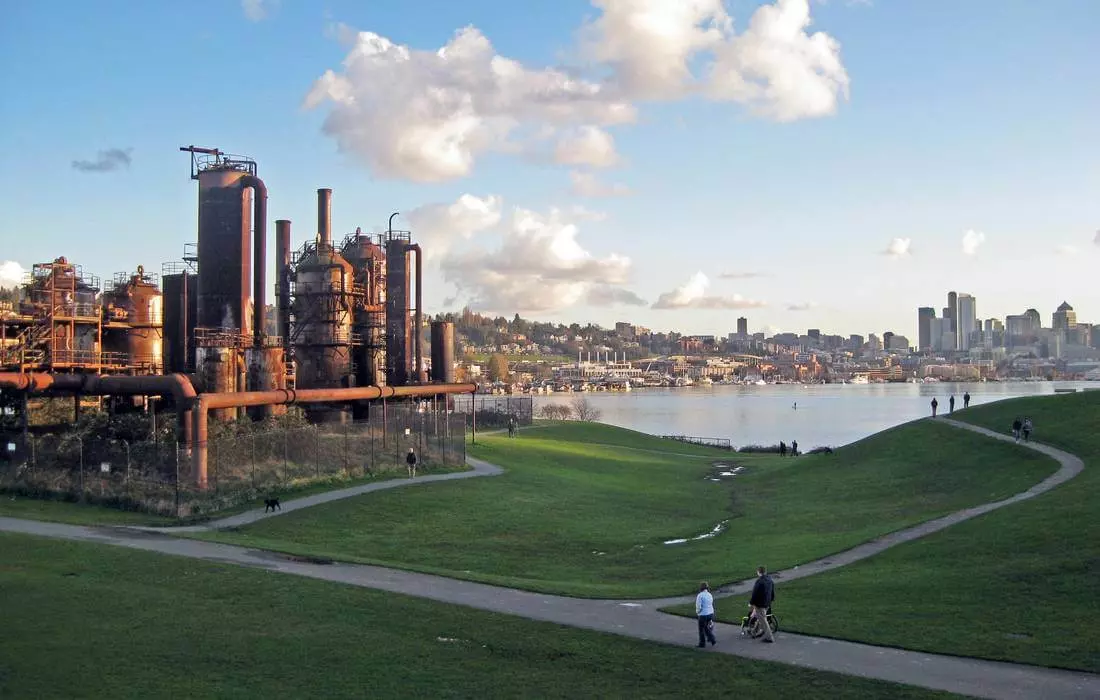
In spring and summer, the park is especially photogenic. The lawns turn a vibrant green, trees bloom, and locals gather for picnics. For those looking to capture the urban vibe, the recreation area is worth a visit — people ride bikes, fly kites, or simply relax on the grass, adding an authentic touch to the scene.
Events and Cultural Life
The park often serves as a venue for city events. Festivals, concerts, and open-air gatherings take place here throughout the year. The space is versatile enough to host both large-scale events and more intimate performances.
What you can experience here:
- Summer Movie Nights
At sunset, a large screen is set up, and visitors bring blankets, settle on the lawn, and enjoy films under the open sky. The atmosphere feels like an evening picnic with a city view. - Music Festivals
Local bands and well-known artists perform here. The layout of the park allows people to enjoy live music while sitting on the grass or strolling along the waterfront. - Kite Flying
With its open spaces and breezy weather, the park is a perfect spot for colorful kite festivals, where dozens of kites fill the sky. - Outdoor Yoga and Fitness
In summer, yoga and fitness sessions are held on the grass. These classes are open to everyone, and instructors are always ready to help beginners. - Food Festivals
Occasionally, the park hosts food markets where local cafes, bakeries, and food trucks gather. Visitors can try a variety of street food, while chefs share their recipes.
Beyond organized events, the park remains a favorite gathering place. Families come for picnics, people celebrate special occasions, and friends meet up to spend time by the water.
Olympic Sculpture Park in Seattle: Art on the Coast
How to Get There & Useful Tips
There are several ways to reach the park:
- By car. There is a parking area nearby, but finding a spot on weekends can be challenging. Arriving early or parking farther away and walking might be a better option.
- By bus. Several bus stops are located within walking distance. Checking the schedule beforehand is recommended, as routes may vary.
- By bike or scooter. The city has plenty of bike lanes, and rental stations can be found near the park. The scenic route along the waterfront makes the ride especially enjoyable.
- On foot. Walking from downtown takes about 30–40 minutes, making for a pleasant stroll, especially in good weather.
The waterfront area can be windy, even when the rest of the city feels warm, so it's best to dress accordingly. During the day, the lawns are great for relaxing, while the evening offers beautiful sunset views. Autumn and winter bring a different charm, transforming the landscape.
There are no cafés inside the park, so if you're planning a picnic, it's best to bring food with you. However, a short walk will take you to nearby restaurants and coffee shops.
For a quieter experience, visiting on a weekday, especially in the morning, is the best choice. Weekends tend to be busier, but the park still maintains a relaxed atmosphere. A blanket will come in handy for sitting on the grass, and a camera or phone with a good lens is a must for capturing the stunning views.














